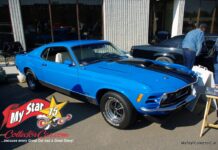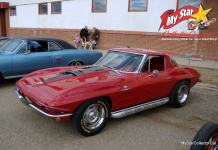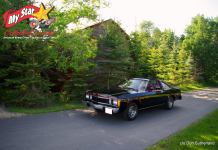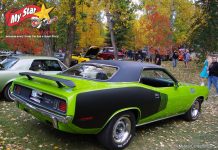The past is littered with examples of vehicles that never really got off the ground in the eyes of most car guys.
The retro rides in question were uninspiring when new and purchased by owners who bought the cars because they placed vehicle ownership on the bottom rung of importance in their lives.
The grim fact is most vehicles are built to be crushed at some point in their future and some retro rides possessed a highly disposable vibe the day they left the dealership.
Jim Sutherland
It’s true most mass-produced cars and trucks have the disposability feature built right into them at the factory, but some really walked the walk in this department. Fortunately, planned obsolescence worked in the vintage rides’ favor in the long run because many were produced–but very few survived to a ripe old age, the exact point at which they became rare and desirable.

The result is a missing cool factor appears out of nowhere when the vehicles’ ranks start to thin out over the years and make survivors a lot more interesting because of their rarity.
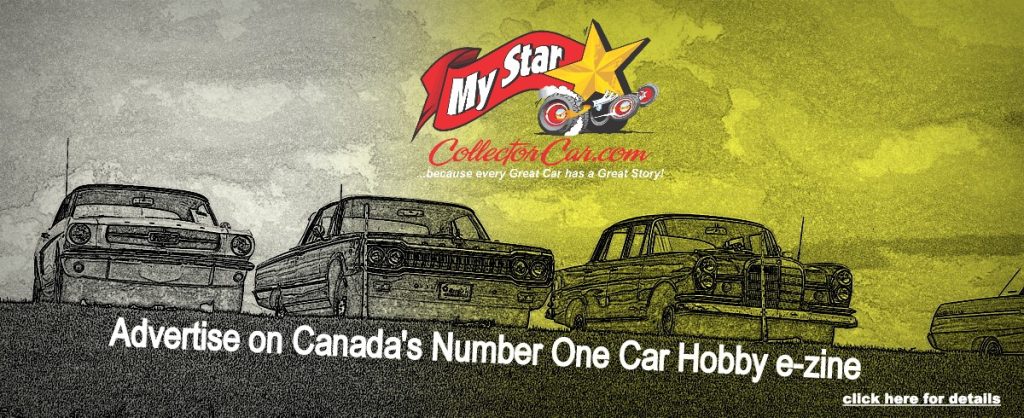
We are old enough to have witnessed this transition from very bland to very cool in retro rides and would like to present two examples to our MyStarCollectorCar readers.

The first car on our list is the Chevy Vega, a forgettable sub-compact that made its debut in 1971 and somehow survived as a GM production vehicle until 1977. Over 2 million Vegas were sold over that time frame so the cars seemed like they were everywhere during the Me Decade.

The Vega was a good idea during a time when gas prices started to skyrocket in the 1970s but suffered from horrible build quality and the little car could never shake that reputation, despite GM’s earnest effort to improve the Vega over the years.

The net result is very few Vegas exist in 2024, given their chronic rust and powertrain issues, so ownership of a Vega is now a badge of honor because these pint-sized outcasts have become very rare and subsequently cool.
Ford had the same problem with its Pinto models built between 1971 and 1980. The car also had serious quality issues and mirrored its Vega counterpart’s rust problems since both were built with paper thin gauge metal-and without adequate rustproofing.

But wait, there’s more, because Pintos also had a faulty gas tank issue and gained a gruesome reputation as a BBQ on four wheels when hit from behind. Despite their shaky reputations, Ford Pintos were sold for three more years than Chevy Vegas.

The fire hazard was likely overstated as a Pinto-only issue but undoubtedly helped seal their fate in the long run, even though over 3 million of them were sold over their 9-year production run.
The combined total production numbers for Vegas and Pintos exceeded 5 million on total, but eventually both followed the passenger pigeon into obscurity…well almost.

The few remaining Pintos and Vegas have become rock stars in the 21st century, long after they left the dealership with owners who were clearly unconcerned about the cars’ cool factor and didn’t care that chicks most assuredly did not dig Pintos and Vegas during the 1970s.
Happily, that elusive honor has been bestowed upon the few remaining survivors of the two formerly unloved car brands because even chicks dig their cool factor these days.
Jim Sutherland
BY: Jim Sutherland
Jim Sutherland is a veteran automotive writer whose work has been published by many major print and online publications. The list includes Calgary Herald, The Truth About Cars, Red Deer Advocate, RPM Magazine, Edmonton Journal, Montreal Gazette, Windsor Star, Vancouver Province, and Post Media Wheels Section.
- CLICK HERE to Sign Up for the Newsletter
- CLICK HERE to Like us on Facebook
- CLICK HERE to Follow us on Twitter
- CLICK HERE to Follow us on Pinterest














































